
The rains stayed away, but a fierce cool breeze blew as we explored different sites for grass species. It was an informative outing led by Don Gayton who was also our evening speaker. Having an outing in the afternoon, followed by a presentation in the evening was a good format. Something that we could be done more often.
We visited three sites beginning with one off the Coalmont/Tulameen Road just passed the turnoff to China Ridge. Here we started a different type of outing, a meander through Princeton grasslands. Don was delighted with the site and congratulated me for choosing it. It was amazing how much variety was here, and we spent most of our two hours exploring this small area. We learned the names of those elusive plants that surround us, but of which we know little about. I am, one, guilty of saying that all grasses look the same. We were introduced to Cheatgrass, Brome Grasses, Giant Wildrye, Junegrass, different types of Fescue grasses, Spreading Needle Grass, Crested Wheatgrass, and others whose names escape me. Some had interesting
stories such as the Crested Wheatgrass which was introduced to Canada from Russia to restore vegetation to the devastated prairies after the thirties’ drought. It is also good food for cattle. In most instances grasses serve a good purpose, such as enriching the soil by adding nitrogen to it. It’s hard to envision the grasslands without the numerous wildflower that make their home here or even the different wildlife that also call this environment home.
From here we drove to a hillside just pass the KVR on Belfort Road. This area was not as pristine as the first one, but, nonetheless, offered some good choices, such as the Giant Ryegrass and Orchardgrass. Again there were plentiful flowers to admire, amongst them the Sticky Geranium, the Graceful Cinqfoil, and Old Man’s Whiskers, which had truly become whiskers. We also spotted one butterfly, a Variable Checkerspot and one moth, the Mountain Sheep Moth.
Our last stop was Swan Lake. We did a short walk, noting that many of the existing signposts were no longer relevant because many of the plants were no longer there. It shows that nothing remains static in nature; things are always changing. The plants are still there but in different areas. After a two hour meandering in the grasslands our tour came to an end.

